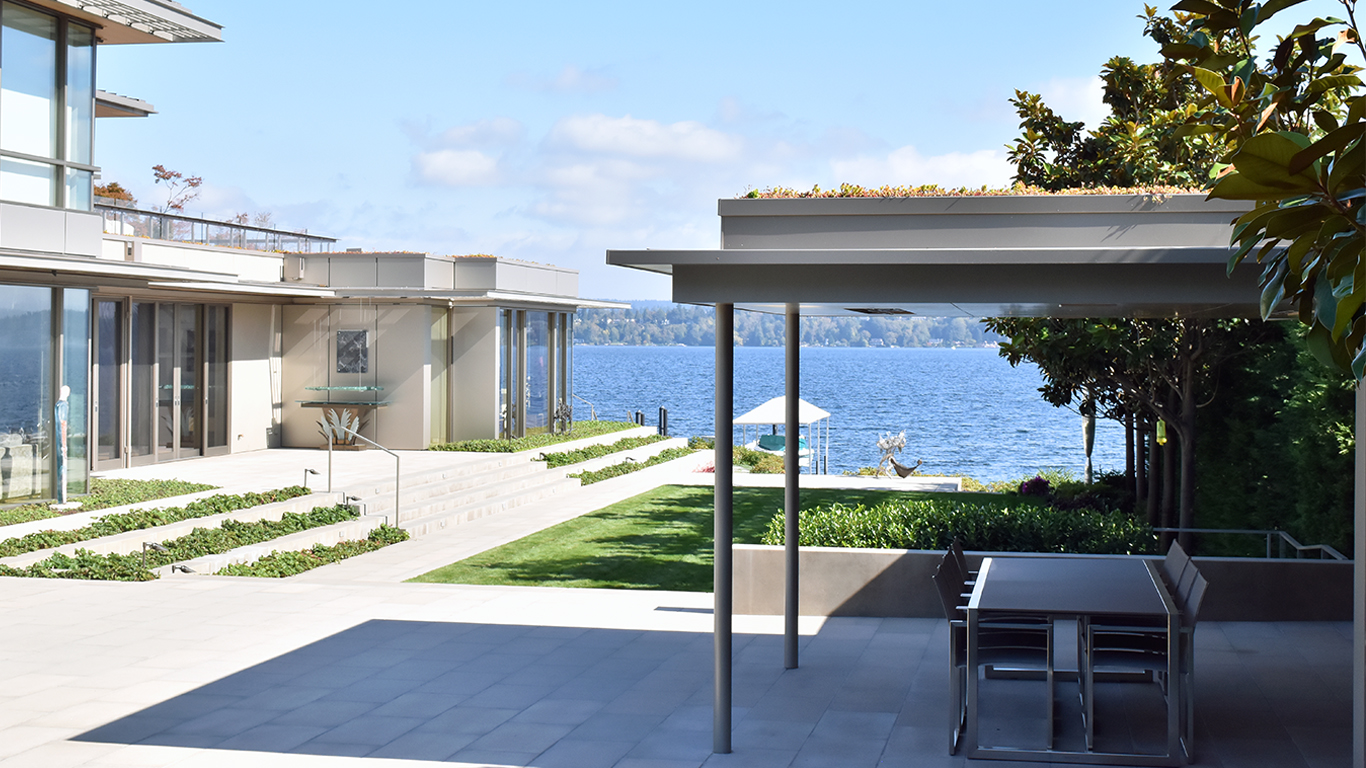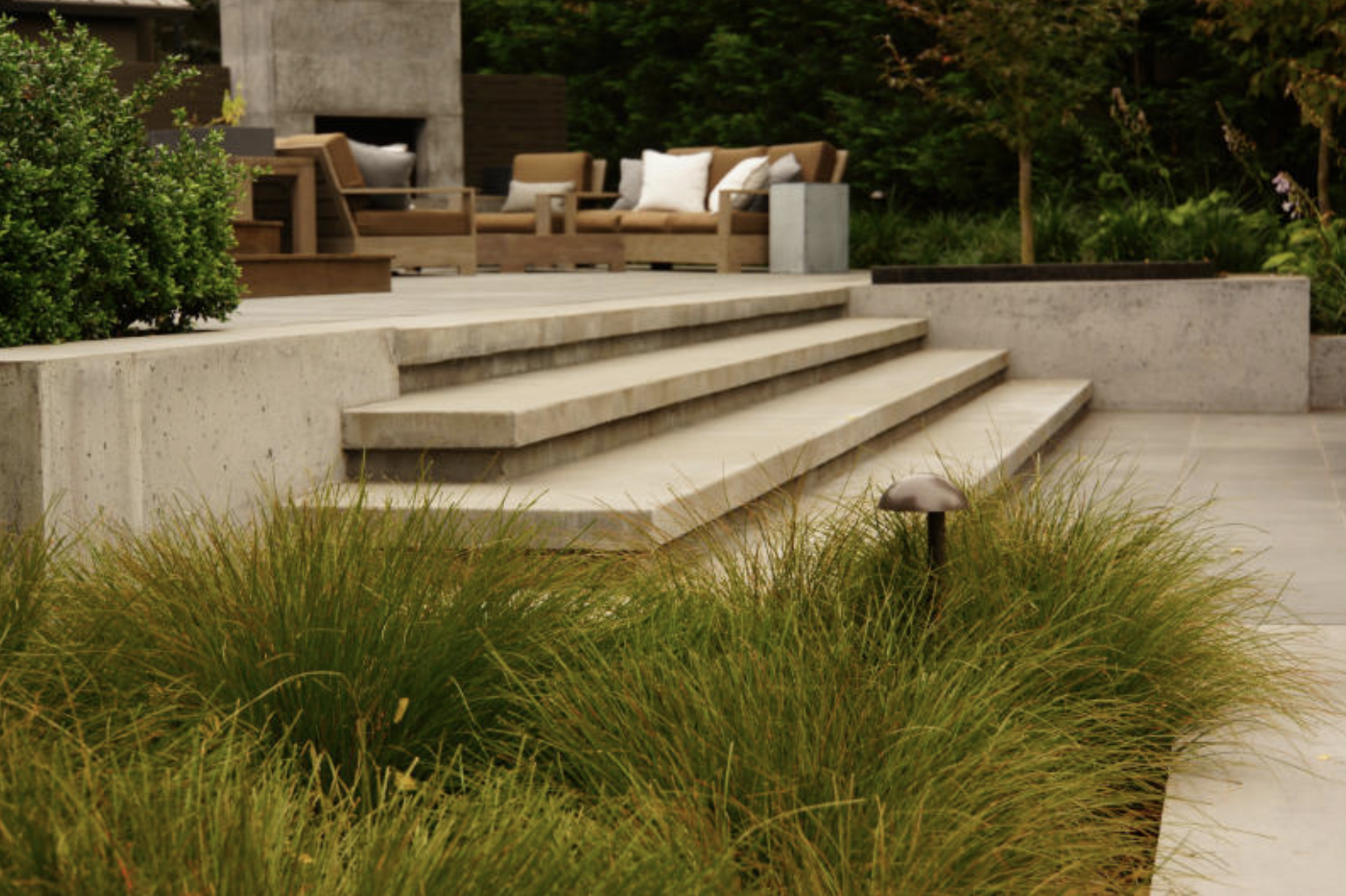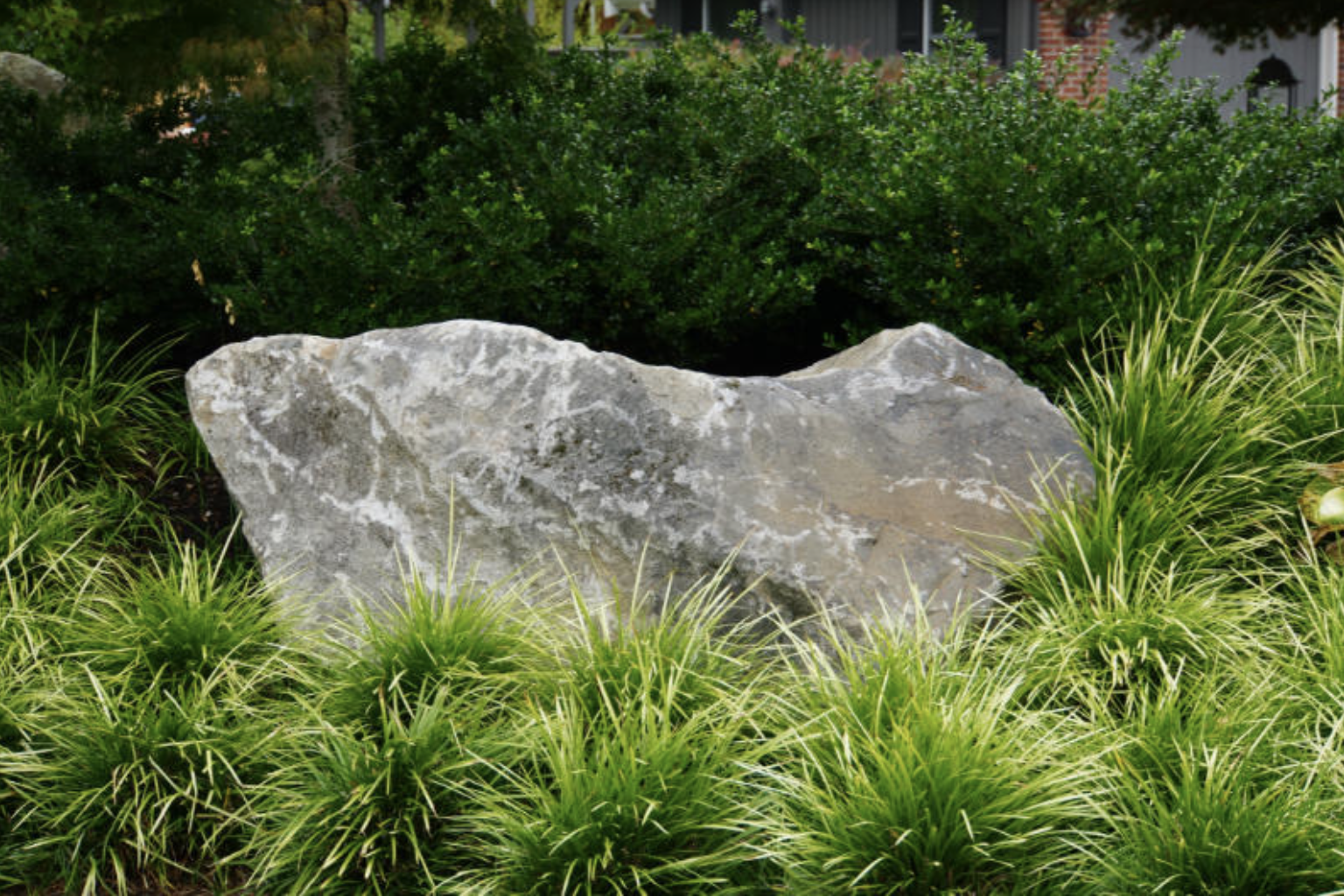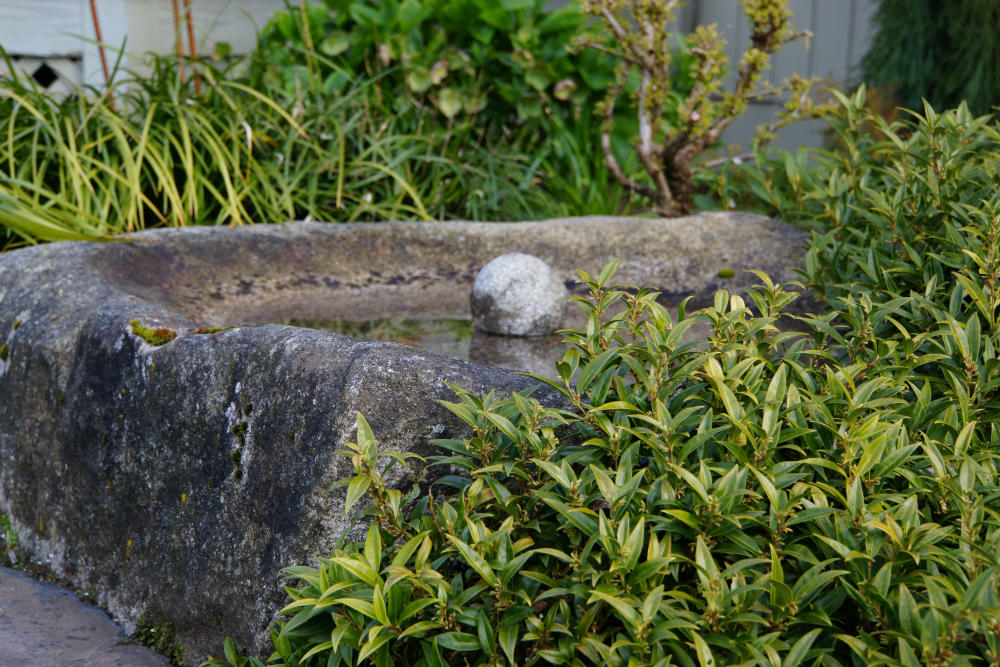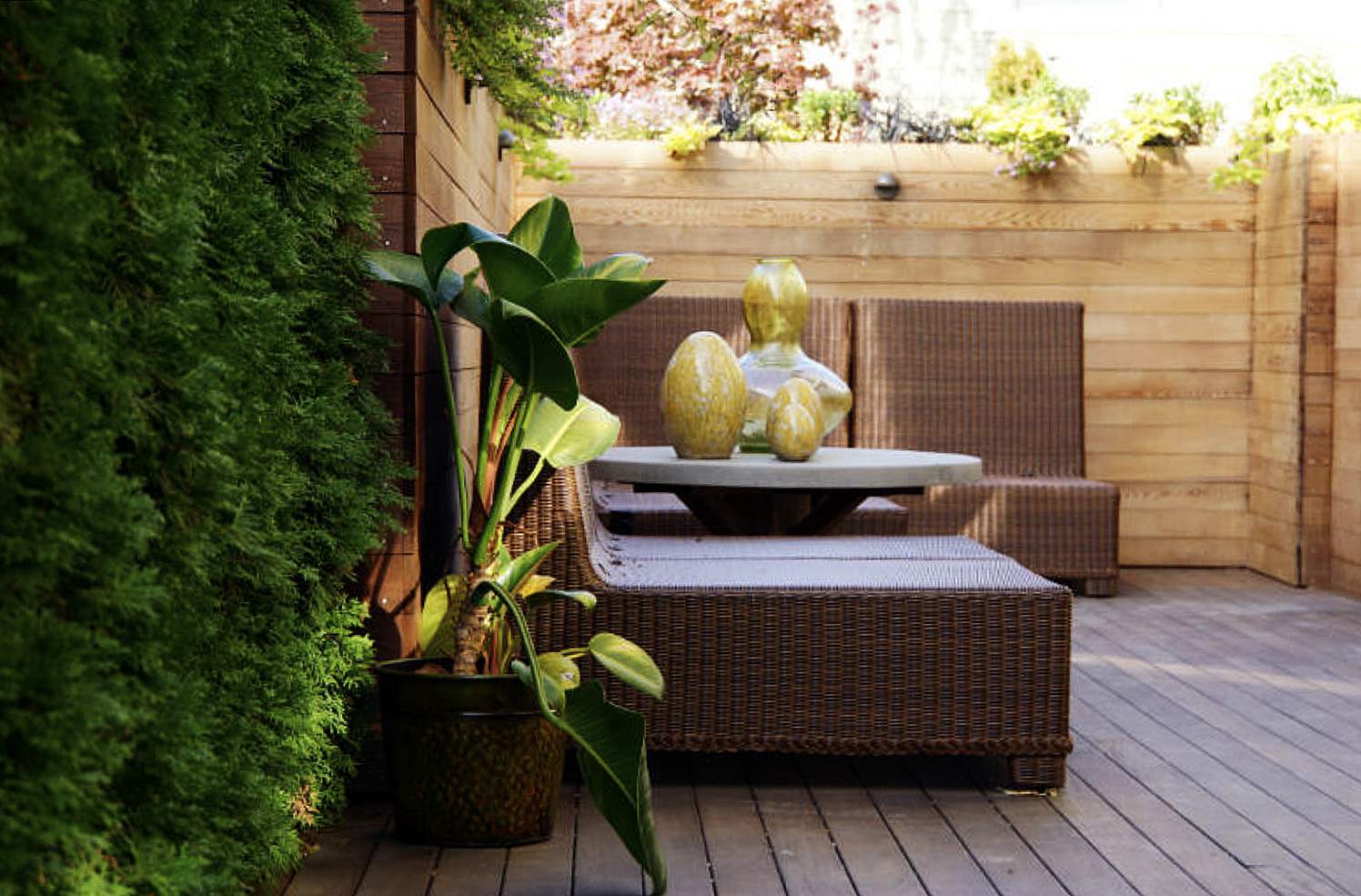Low Maintenance Landscape
Low Maintenance Landscape
More outdoor space means more chances to safely entertain this summer. Creating outdoor living spaces lends itself to low-maintenance landscaping because you can extend your home while having fewer grassy areas to care for. Here are few ideas on how to set up your garden to spend less time weeding, mowing and mulching, and more time enjoying the space itself.
1. Create Outdoor Living Areas
Extend your living space and options for entertaining in warm weather with outdoor dining areas, lounges and seating nooks around fire pits. Patios, decks and terraces cut down on planting space and lawns to maintain. Not only do these gathering spaces tempt you to be outside enjoying your garden more often, but they also generally require less maintenance than garden beds.
2. Lose the Lawn or Reduce Its Size
Having fewer grassy areas to care for means less time mowing, fertilizing, weeding and reseeding. If you’re not interested in getting rid of your lawn entirely, consider decreasing its size. Keep the lawn size down and carved out space for an outdoor dining patio.

3. Limit Planting Space
There’s no denying that limiting planting space would cut down on the time spent mowing, mulching and general garden bed maintenance.
Despite its small square footage, the narrow planting bed has big impact in the design.
4. Choose Unfussy Plants Well-Suited to Your Area
Getting the right plant in the right place may take a bit of effort upfront, but it can be a major time and money saver in the long run. Don’t insist on growing citrus in slow-draining soil or rhododendrons in a dry, windswept area. Likewise, if you don’t have the time for pruning, it’s probably best to skip climbing roses, ficus or wisteria, which can easily get out of hand without proper maintenance. Instead, choose plants that naturally grow in your area or similar climate regions and that need little care to thrive.
5. Swap a Flower Border for Shrubs
Seasonal flower beds are maintenance time-sucks — requiring a good deal of planting, staking, watering and deadheading for their fleeting display of blooms. While you may not want to get rid of them entirely, consider replacing some of the planting space with easy-care shrubs.
6. Go for a Modern, Minimalist Look
Skip fussy, labor-intensive flower beds and opt for easy-care shrubs paired with sleek hardscape. The elements of the hardscape are just as diverse and interesting as the plants in the border, and they take little effort to maintain.
7. Let Some Areas Go Wild
Take a step back and let go of maintaining some areas of the garden, allowing nature to take the helm. While it can be difficult to give up order in areas close to the house, spaces such as the property’s back border and shady areas under mature trees can be good options to let go wild. Sit back and observe as fallen leaves form a natural mulch on the ground, native plants take root, and wild birds return to feed.
8. Opt for a Simple Water Feature
As anyone who has mucked out a pond can attest, maintaining large water features can be a lot of work — messy and unpleasant. For the benefits of adding a water element to your landscape without the hassle, choose a simple design that’s easy to clean. For example, consider filling a stone basin with water and watching the birds enjoy a drink, or invest in a simple recirculating fountain for the relaxing sound of water.
9. Choose Perennials for Color
Ditch the annual bedding plants that fade after a season and turn to hardy perennials for color year after year. Stalwarts like English lavender (Lavandula angustifolia) and spurge (Euphorbia characiassubsp. wulfenii) bloom for months and need only an annual trim to keep from getting too woody. Plus, most perennials offer more for pollinators in terms of pollen and nectar than bedding plants bred for color.
10. Spread Mulch on Beds
Mulch is one of the best garden maintenance timesavers. It suppresses weed growth, cuts down on water loss, and breaks down to help improve soil texture. Plus, spreading a few bags of wood-chip or bark mulch over planting beds instantly gives your garden a well-maintained look with minimal effort.
12. Create a Spot to Relax
If the real goal is to spend more time enjoying your garden, don’t forget to make it an inviting place to be. Set up a hammock, pull a pair of chairs under a shade tree, or spread a cheerful outdoor rugdown on the patio. Then sit back and relax.
Contact Terrain and Start Planning Your Low Maintenance Landscape!
More on Houzz by Lauren Dunec Hoang
